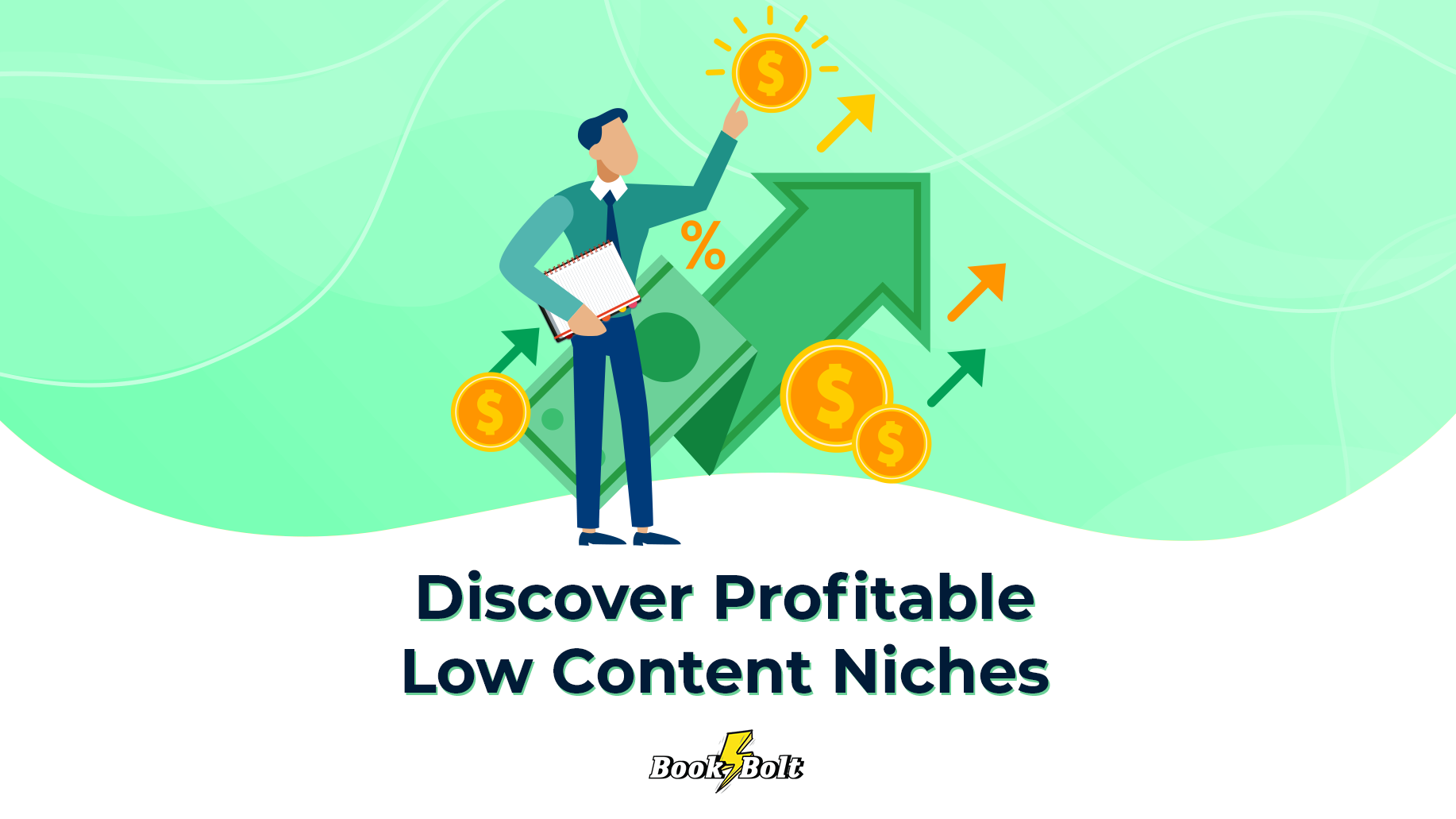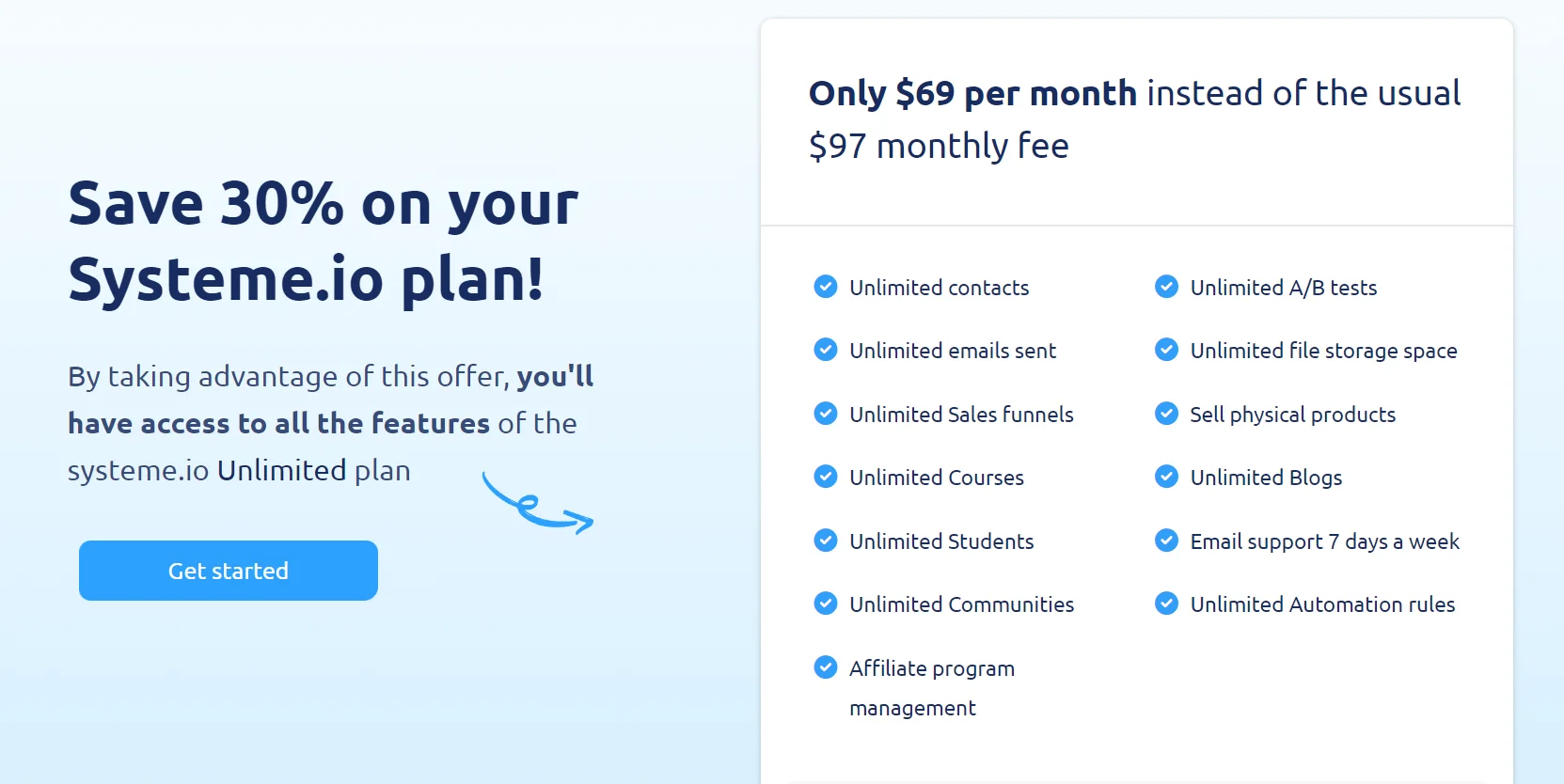Blogging has become an increasingly popular way for individuals to express their thoughts, share their experiences, and connect with like-minded people online.
Starting a personal blog can be a rewarding and fulfilling experience, whether it’s for personal or professional purposes. With the right tools and strategies, anyone can start a blog and build a following over time.
In this article, we’ll cover the essential steps for starting a personal blog, including choosing a blogging platform, setting up your blog, creating content, building your audience, monetizing your blog, and maintaining it over time.
So, if you’re ready to start your own blog, let’s dive in!
What is a personal blog?
Simply put, a personal blog is a platform where you can share your thoughts, opinions, experiences, and interests with your readers.
The content of your personal blog can vary widely, but it often focuses on a particular niche or topic that you’re passionate about.
You can use your personal blog to:
- Document your personal growth,
- Share your expertise,
- Build an online community, or even
- Express yourself creatively.
How to start a personal blog (Steps to follow)
Now that you’re familiar with what a personal blog is, let’s look at how you actually start one.
Choose a good niche
Choosing a niche is essential when creating a personal blog as it helps you to define your target audience, create relevant and engaging content, and establish yourself as an authority in your field.
To choose a blog niche, start by identifying your interests, passions, and expertise. Consider what topics you can consistently write about and what value you can offer your readers.
Once you have identified potential niches, research them to determine their profitability and audience size. Look at other blogs in the same niche to see what types of content are popular and what gaps exist that you can fill.
A good affordable tool to use is SERanking, great for both keyword research and competitor analysis.
Finally, consider your personal goals for the blog and how the niche aligns with those goals.
Get your domain name and hosting
Once you’ve figured out the type of personal blog you want to start, it’s time to create the website hosting for your blog. First, you’ll need to purchase a domain name and hosting space.
One of the best domain registration services is Namecheap. As its name suggests, it’s very affordable and gives you control over all your domains in a central location,
When it comes to hosting, Bluehost is at the top of its class. Not only is it affordable, but it also offers up to 99.99% uptime. It also offers a one-click WordPress installer, which you’ll require in the next step.
Build your personal blog with WordPress and Elementor
With your domain name and hosting in place, it’s time to build your blog. The easiest way to do this is by using simple WordPress themes like Blocksy, Astra, and Kandence.
However, for more beautiful and thought-out layouts, I recommend using a page builder like Elementor on top of a basic WordPress theme. This page builder will give you more control over your blog’s look and feel.
If you are new to this tool, Elementor is a user-friendly, drag-and-drop page builder for WordPress that allows you to create stunning, professional-looking pages without any coding knowledge.
You can get the Essential Plan of Elementor Pro for $59 a year, This will give you access to features like a custom theme creator, over 100 widgets, a landing page builder, and much more.
Install other necessary plugins
Depending on what you intend to blog about, you might require other plugins to improve the blog’s performance or user experience.
For example, you can use Strive Calendar to schedule your posts, which will help your blog remain consistent. You can also try an SEO plugin like Rank Math if you’ll be blogging on keyword-focused subjects.
Other plugins you might require:
- WP Rocket: Improve your blog’s loading speed with WP Rocket, a caching and performance optimization plugin. A fast-loading website enhances user experience and boosts search engine rankings. Free options include Speedy Cache, WP Total Cache, and Litespeed
- Social Snap: This is a social sharing plugin that allows readers to share your content on various social media platforms, increasing your blog’s visibility.
- Fluent Forms: A plugin that helps create forms and surveys
- WordPress Armour: A plugin that helps protect your blog from spam
Creating content for your personal blog
By this point, your blog is ready for your first blog post.
There are three options:
- Writing the content yourself
- Outsourcing content from freelancers
- Using AI writing tools
Write your first personal blog
Writing your first blog can be both exciting and nerve-racking, especially if you’ve never written creatively before.
But don’t worry, here are a few tips to help you get started:
- Choose a personal blog topic you’re passionate about and have expertise in.
- Use clear and concise writing style that’s easy to read and understand.
- Use headings, bullet points, and images to break up long blocks of text.
- Be authentic and true to your voice.
- Let your personality shine through your writing.
Outsource personal blog content
Yes! You can actually outsource content for your personal blog.
You can outsource the content from freelance platforms like Fiverr or UpWork, or find an experienced personal blogger on sites like LinkedIn or Medium.
Outsourcing your blog content can be beneficial if you do not have the time, skills, or desire to create content yourself.
It can also help you to consistently publish new and high-quality content on your blog, which will, in turn, attract more readers and help you to build a larger audience.
Using AI to create blog posts
AI writing tools like OpenAI’s GPT-4, ChatGPT, and Jasper AI can help you generate high-quality content in less time. These tools can assist with generating blog post ideas, creating outlines, and even writing entire articles.
AI makes it possible to scale content production for your new blog.
You can also use AI SEO tools like MarketMuse and Clearscope use AI to analyze your content and provide recommendations to improve its search engine performance.
Some popular AI content generators for bloggers include:
- Jasper AI: A content creation tool that uses AI to generate high-quality content in a fraction of the time it would take to do it manually. Use our link to try this tool and generate up to 10,000 words of AI content over the next 5 days, for FREE!
- Content at Scale: This is a good option if you want articles that are near perfection. Its pricing is quite steep though
- Writesonic: A tool that uses AI to generate marketing copy, product descriptions, and more.
- Article Forge: A tool that uses AI to create unique articles on any topic in just minutes.
- Scalenut: More robust AI tool for research, content writing, and content optimization.
When using AI-generated content, it’s important to review and edit the content to ensure that it’s high-quality and relevant to your niche. AI-generated content should be used to supplement your own content, not replace it completely.
Grow your email list
Lead generation
Install plugins like OptinMonster or Thrive Leads to create email opt-in forms, pop-ups, and other lead-generation elements.
Create a lead magnet offer
Entice your readers to subscribe to your email list by offering a valuable lead magnet, such as a free e-book, checklist, or exclusive content.
Use an email service provider
An ESP like ConvertKit or Mailerlite helps you manage your email subscribers and send broadcast emails.
Engage with your readers
Respond to comments
Make it a priority to respond to comments on your blog posts. Engaging with your readers helps build a sense of community and trust.
Utilize social media
Create social media profiles for your blog to connect with your audience, share content, and build a loyal following.
Track your blog’s performance
Google Analytics
Set up Google Analytics to monitor your blog’s traffic, user behavior, and other valuable insights. Use this data to improve your content strategy and grow your blog.
Google Search Console
Google Search Console helps you track your blog’s search engine performance, index status, and any potential technical issues. Regularly monitor and address any issues to maintain optimal SEO performance.
Monetizing your personal blog
While most people start personal blogs to share their thoughts and experiences with the world, it’s also a great opportunity to make money online.
Here are some of the main ways you can monetize your personal blog:
- Advertising: You can display ads on your blog using ad networks like Google AdSense, Mediavine, Ezoic, or by selling ad space directly to advertisers.
- Sponsored content: You can work with brands or companies to create sponsored posts or product reviews on your blog.
- Digital products: You can create and sell your own digital products like e-books, courses, or printables.
- Donations: You can set up a donation system on your blog, allowing readers to support your work directly.
Examples of personal blogs to inspire you
Writing your first personal blog can be challenging if you don’t have a layout in mind. I’ve compiled some of the most successful personal blogs below. You can use them for inspiration as you create your own designs:
- James Clear: This personal blog covers different topics, from breaking bad habits and creating new ones to James’ personal experiences on his journey to success.
- Riskology: This personal blog discusses various topics on the subject of leadership.
- Minimalist Baker: This personal blog offers countless simple recipes you can try out at home.
Should you write a personal blog?
Writing a personal blog is a great way of sharing your thoughts and experiences. It helps you document your achievements and help readers who might want to achieve similar results.
If you don’t have the time or skills to write your own content, you can outsource it from freelancers and use it to monetize your personal blog.
By following the tips in this guide, you can start your first successful personal blog and build a loyal community.



